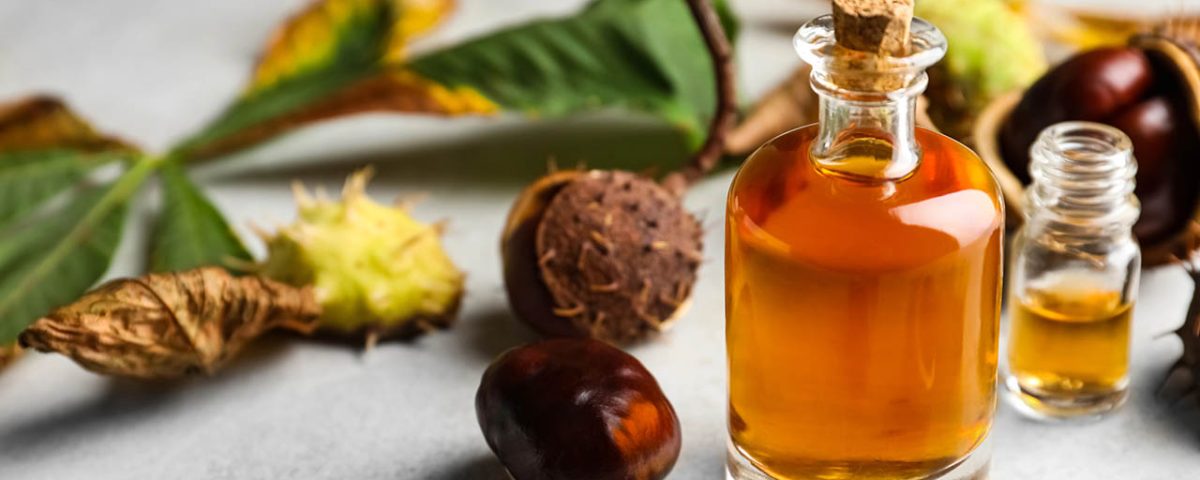Before the age of X-rays, antibiotics, and sterile environments, healing was grounded in nature. In 18th-century St. Augustine, apothecaries served a vital role in preserving life and alleviating suffering. Their tools were simple, their remedies herbal, and their knowledge passed down through handwritten texts, observation, and oral tradition.
At the Spanish Military Hospital Museum, visitors can gain insight into the fascinating world of colonial healthcare. This post explores how apothecaries combined plant-based healing, cultural wisdom, and evolving science to care for soldiers and settlers in Spanish Florida.
The Apothecary’s Role in Colonial Life
In colonial times, apothecaries acted as pharmacists, herbalists, chemists, and sometimes even surgeons. Without widespread access to physicians, especially in the remote reaches of New Spain, the apothecary was often the community’s only healthcare provider.
They prepared tinctures, poultices, salves, and tonics from locally available plants. Many also kept medicinal gardens behind their shops, growing herbs essential to their practice. At our museum, we’ve replicated elements of this in our Herbal Medicine Garden, showcasing the very plants that once helped treat pain, fever, infection, and more.
Common Herbs and Their Colonial Uses
The Spanish Military Hospital would have relied on both imported and native plants for healing. Below are some of the most widely used herbs—and what the apothecary might have believed they treated:
- Willow Bark – Used to treat headaches, joint pain, and fevers. It contains salicin, the natural compound later synthesized as aspirin. (Source: NIH)
- Chamomile – Steeped into teas to calm digestive upset, anxiety, and sleeplessness.
- Yarrow – Crushed and applied to wounds to reduce bleeding and inflammation.
- Mint – Valued for its ability to ease stomach cramps and nausea.
- Comfrey – Used externally to promote healing of broken bones and bruises.
- Garlic – Crushed and consumed as an antimicrobial, believed to purify the blood.
Many of these remedies were part of a broader knowledge system shared across cultures. Spanish settlers drew not only on European herbal traditions, but also on Native American and African medicinal wisdom—a convergence of cultures that shaped the healing practices of the era.
Medicine as Art and Experiment
While many herbal treatments were effective, apothecaries also used remedies we now know were dangerous—like mercury, lead compounds, and excessive bloodletting. Much of their practice was a balance between tradition and experimentation.
The concept of the four humors (blood, phlegm, black bile, and yellow bile) still influenced medical thinking. Disease was believed to result from imbalances in these fluids, and treatment aimed to restore equilibrium—sometimes through purging or bleeding. Tools like the fleam and scarificator were standard equipment in the apothecary’s kit.
To see some of these historical medical tools up close, our museum’s exhibits explore both their use and evolution in medical history.
Cultural Roots of Healing
St. Augustine was a melting pot of cultures, and medical practices reflected that diversity. Spanish, Indigenous, and African approaches to healing often blended in unexpected ways. For example, the use of sassafras root as a blood purifier came from Native American knowledge, while the use of lavender and rosemary for warding off disease had deep European roots.
Understanding colonial medicine means appreciating this fusion of worldviews—where spiritual, environmental, and physical healing were intertwined.
Why It Still Matters
Today, there’s renewed interest in plant-based and natural remedies. While modern medicine has made immense strides, many herbs once used by colonial apothecaries are still being studied and embraced for their therapeutic properties.
Learning about 18th-century herbal practices offers more than curiosity—it reveals how far medicine has come, and how some things may come full circle. It also reminds us that healing has always been a combination of care, community, and knowledge.
Learn More at the Spanish Military Hospital Museum
Our mission is not simply to display history, but to help people experience it. If you’re interested in the world of the apothecary or want to see historical tools and practices in action, explore our About page to learn how our living history approach brings the past to life.
To go deeper into herbal medicine, colonial healthcare, and St. Augustine’s medical history, follow our monthly blog for new stories and insights.
“Let food be thy medicine and medicine be thy food.” — Hippocrates
📚 Further Reading:
- Medicinal Plants Used in Colonial America – NIH
- Ethnobotany in the American South – JSTOR
- Colonial Apothecaries – Mount Vernon Digital Encyclopedia

